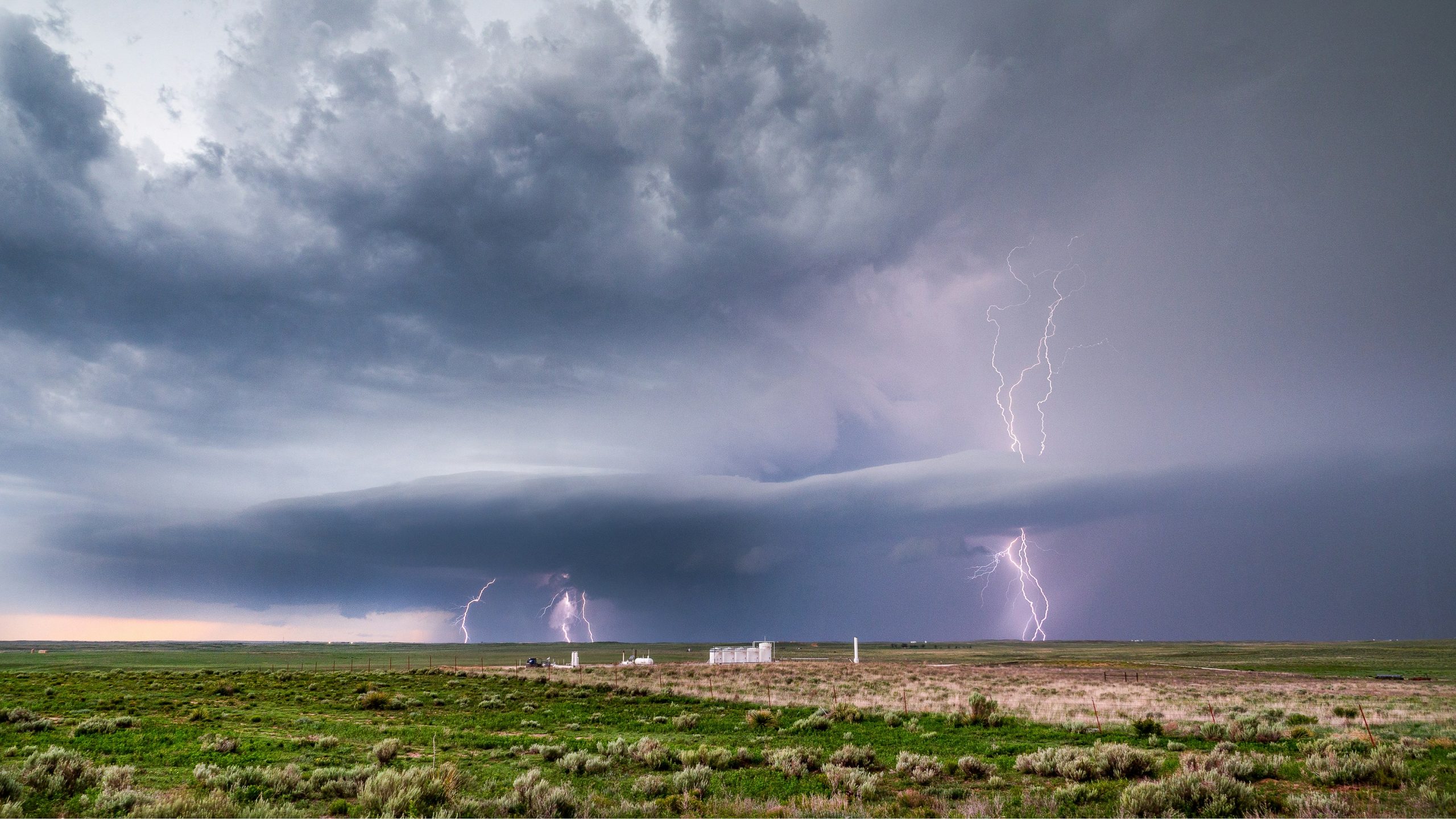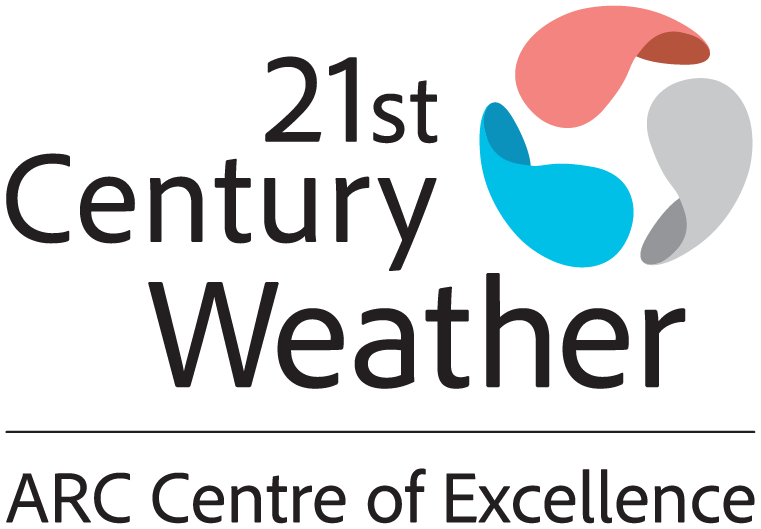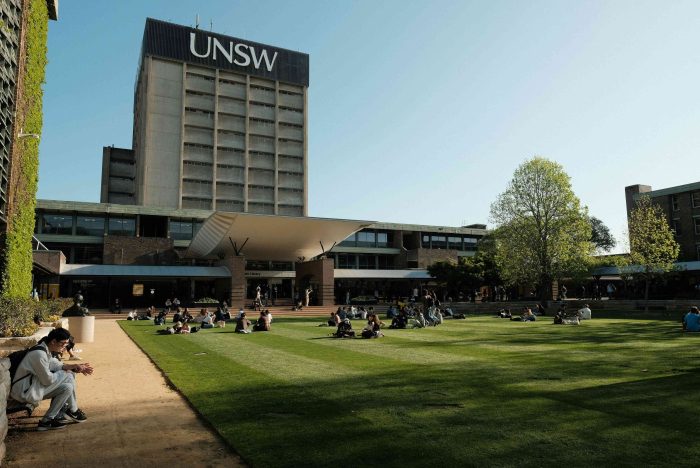
Study With Us: Undergraduate opportunities at 21st Century Weather
The ARC Centre of Excellence for the Weather of the 21st Century provides an unrivalled environment to undertake undergraduate research in weather and climate science
The ARC Centre of Excellence for the Weather of the 21st Century explores how Australia’s weather is being reshaped by climate change.
We offer highly competitive scholarships intended to provide undergraduate students from Australian universities with an introduction to cutting-edge climate science and weather change research at one of our five universities, or our national partners.
The Centre includes five Australian universities (The University of New South Wales, Monash University, The University of Melbourne, The University of Tasmania and The Australian National University) and a suite of major national and international Partner Organisations.
Students should be in their second, third, or post-honours year and interested in pursuing honours or a postgraduate degree in climate or weather change science.
If you have any questions about our undergraduate research scholarships, please contact the Centre’s Associate Director Leadership and Training Melissa Hart.
To apply for an undergraduate research project, please complete this form, which is also available at the bottom of the page.

